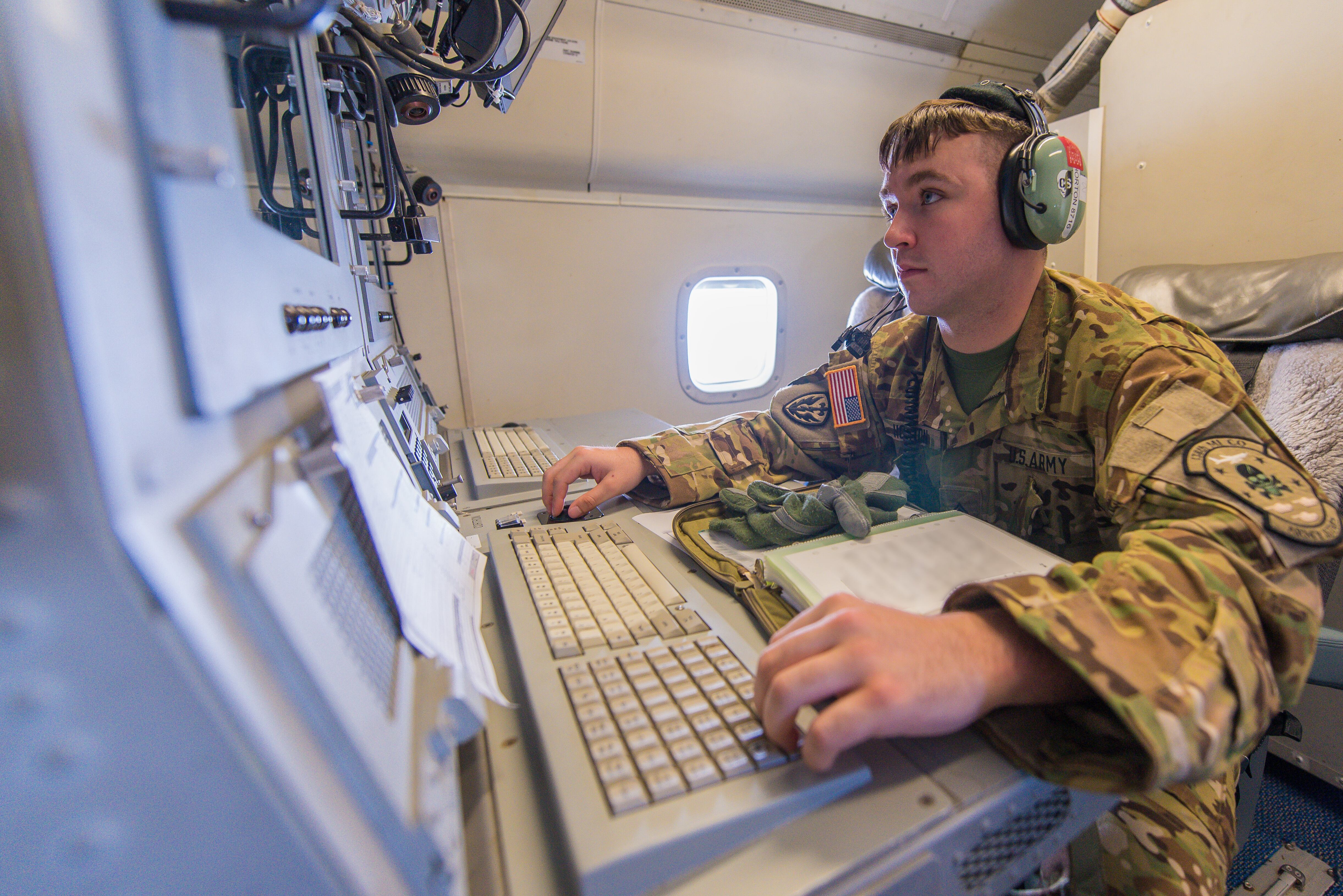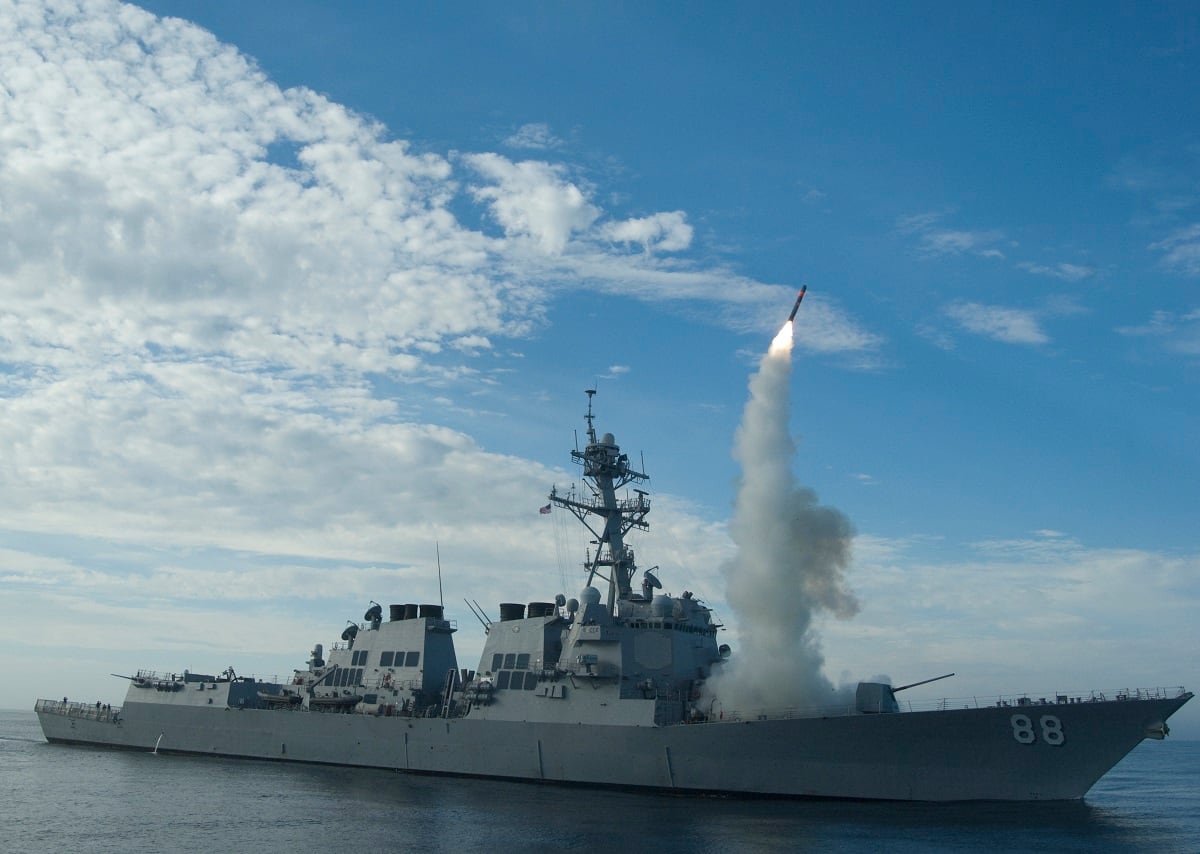The Navy is considering extending its information warfare enterprise beyond the tactical space to compete with adversaries on a broader level, one that may not include specific battlefields, though details regarding how the service may do this aren’t yet apparent.
Vice Adm. Matthew Kohler, deputy chief of naval operations for information warfare and director of naval intelligence, said the service is considering an information warfare construct that would reach beyond the tactical, carrier strike group level.
One of the issues Navy leaders, and particularly those with the second fleet, are grappling with is “what that kind of expansion would that look like for our numbered fleets,” he told C4ISRNET in an interview at the West 2019 conference.
This strategy builds upon what Kohler described as forward thinking a decade ago in which leadership took the first steps in reorganizing the Navy’s information based skill sets into more of a cohesive enterprise. These integrated capabilities include cyber, electronic warfare, information operations, cryptology, weather capabilities and intelligence areas.
Roughly two years ago, the Navy established an information warfare commander within its carrier strike group concept, Kohler said. This was done because the information warfare domain had become so complex that that function that it required a full time commitment from staffers. But the Navy wouldn’t have been able to train information warfare commanders two years ago without first establishing the community a decade ago, he added.
The Navy also created a type command in 2014 for information warfare, just as the Navy has type commands for the other warfighting areas.
Following that organization, the Navy established a “top gun” for information warfare in its Naval Information Warfighting Development Center in 2017.
RELATED

NIWDC, Kohler said, filled in gaps that weren’t apparent to the Navy. Specifically, it filled for the first time the entire spectrum of training from individual to basic to advanced warfighting training and skills. It also helped developed warfighting tactics instructors (WTIs) as the top guns.
RELATED

Now these leaders are reporting to carrier strike groups, raising expectations related to information warfare because of that advanced training.
Moreover, a key part of the information warfare school is developing advanced concepts, tactics, techniques and procedures, which allows the Navy to take current capabilities and use them better.
The nature of information warfare and the capabilities that underpin it in the Navy means information warfighters exist afloat and ashore. NIWDC is also focused on these ashore capabilities to include signals intelligence centers and communications centers.
Mark Pomerleau is a reporter for C4ISRNET, covering information warfare and cyberspace.








